Be an Animal-Friendly Cruiser
By Andrew Mevissen
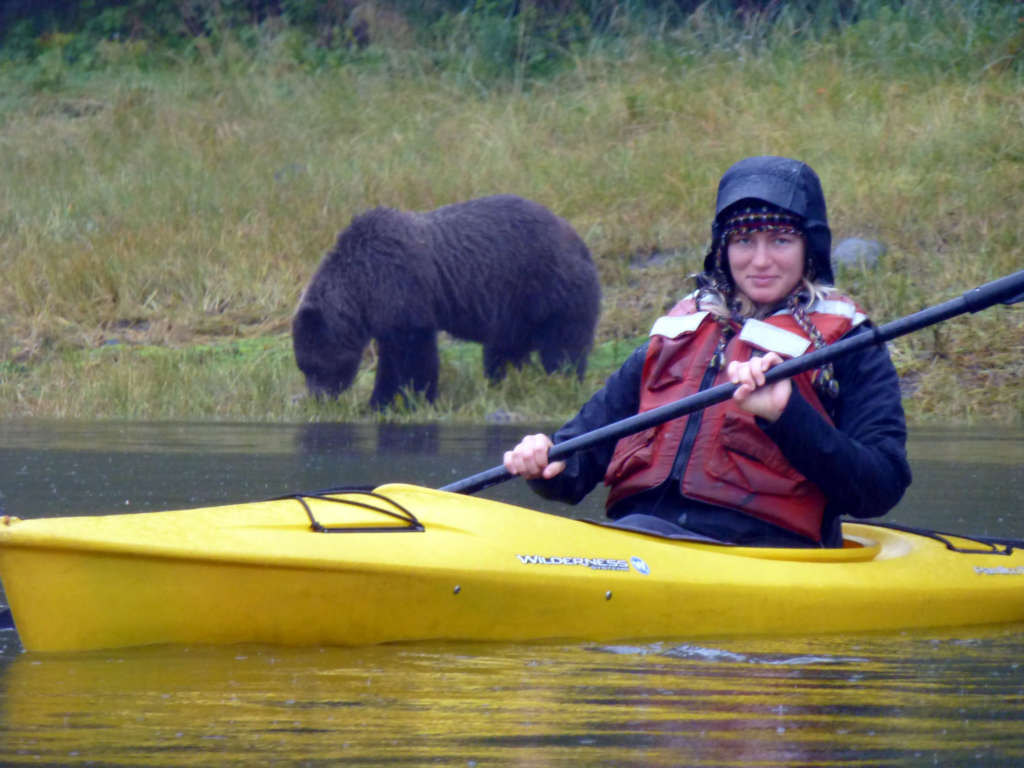
The best friend animals have ever had, David Attenborough, once remarked:
“It seems to me that the natural world is the greatest source of excitement; the greatest source of visual beauty; the greatest source of intellectual interest. It is the greatest source of so much in life that makes life worth living.”
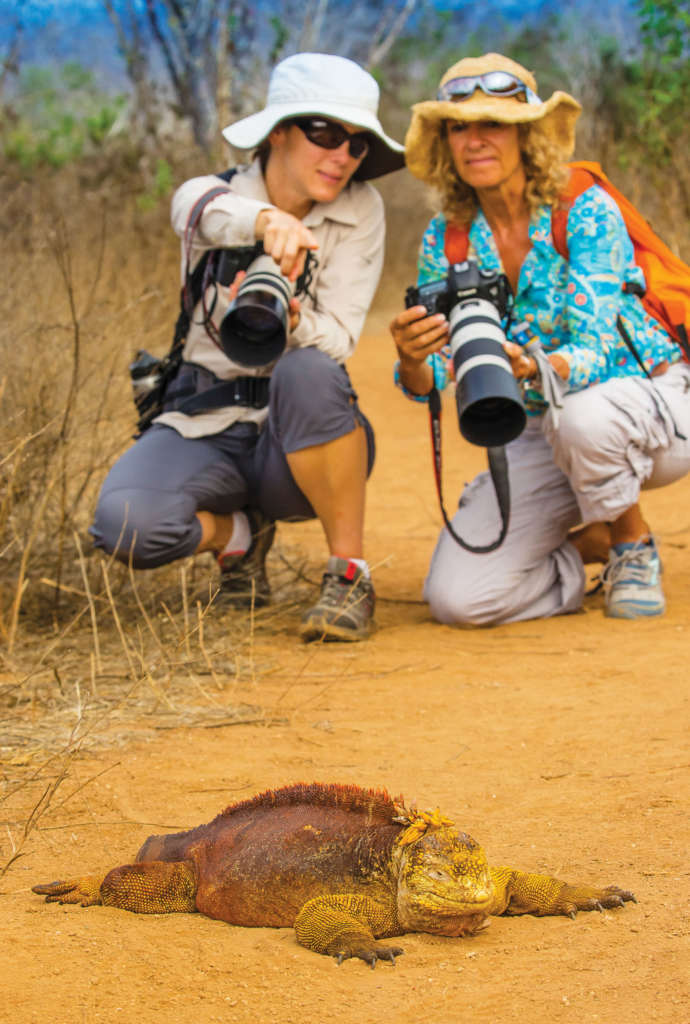
Humanity has always had a desire to explore and observe the natural world – from our earliest pioneers to the travellers of today. Seeing wild animals in their natural habitat is, clearly, one of life’s greatest pleasures. However, with advancement in technology and the ease of travel, confinement, neglect and abuse have befallen millions of animals for tourists’ entertainment, which is why it is more important than ever to travel responsibly when dealing with wild animals.
A recent study by World Animal protection found that 75 per cent of wildlife tourist attractions were having a negative impact on wild animals. With exotic wildlife encounters a bucket list item for many travellers, we believe at Cruise Traveller that it is important that people are aware of the dos and don’ts of responsible animal tourism so that the cycle of sustaining poor animal welfare can be broken.
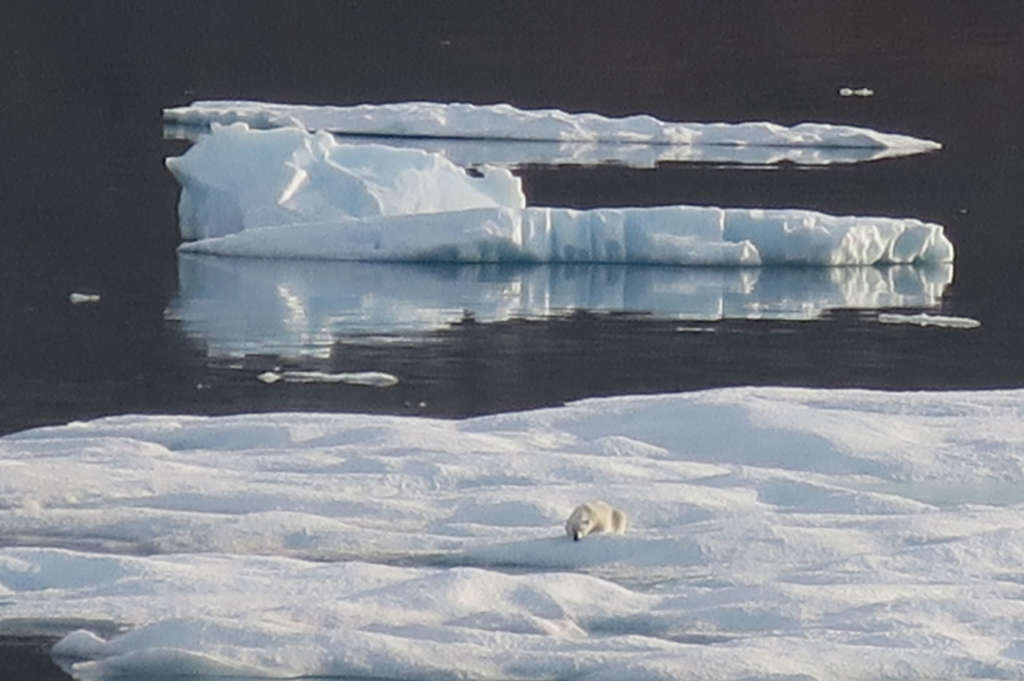
Wild animal encounters are best in the wild. Nothing can beat the feeling of seeing a wild animal such as a polar bear or elephant in its natural habitat. Avoid zoos and other facilities for wild experiences.
Keep your distance. These are wild animals, not pets. Do not initiate contact with them. Capturing photos of these animals is great for Instagram but make sure to respect the animal’s boundaries.
Don’t take a selfie with an animal that is being restrained, held or encouraged with bait. This is a harmful practice and puts you in danger.
Avoid tourist attractions that keep large animals like whales in captivity.
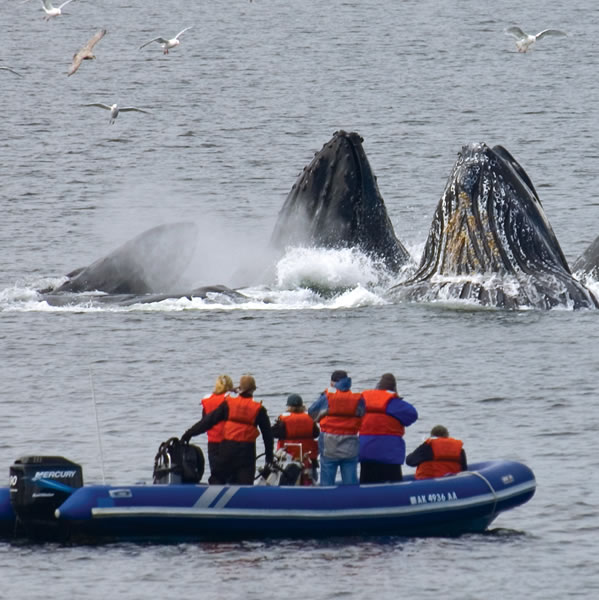
Opt for smaller group tours or eco-friendly tours and cruises that cause less intrusion and noise that could scare animals.
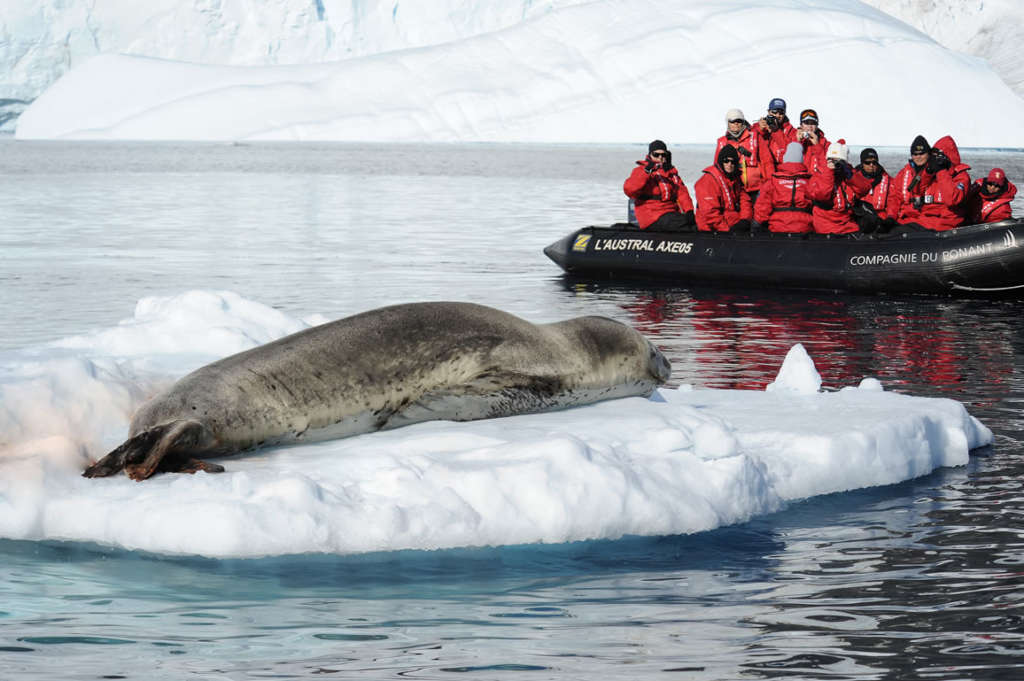
Don’t attend cultural festivals or attractions that harm animals. Whether it is bull fighting or circuses, these so-called attractions harm animals and exploit them for entertainment.
Don’t purchase souvenirs made from wild animals, such as teeth, ivory or fur.
Do your research. Look beyond the star ratings on Trip Advisor and see if the animals are being cared for and have access to clean water and food. Know where your money is going and what the organisations are doing for animal conservation and care. Avoid facilities with animals that have human behavioural traits, are being kept in small areas, are visibly injured or are forced to entertain.
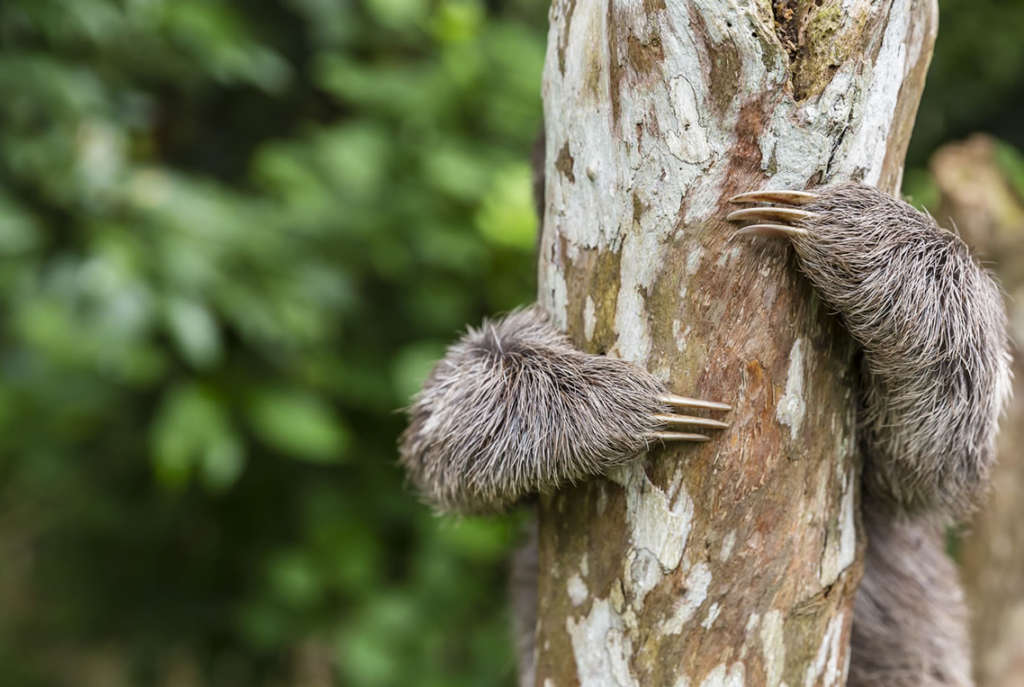
Only representing small cruise ship clients with strong ethics in animal welfare, Cruise Traveller prides itself on being a company that offers eco-friendly travel that aims to showcase the remarkable creatures of the world and their habitats in the least obtrusive way possible.
Managing Director of Cruise Traveller, Craig Bowen said: “I feel we have a responsibility to show our guests amazing locations and wildlife and also emphasise the importance of responsible tourism and conservation to help improve the wellbeing of animals.”
He said Cruise Traveller supported a number of specific projects such as the David Sheldrick Wildlife Trust, Currumbin Wildlife Sanctuary, Polar Bears International, Worldwide Wildlife fund and also Clean Up Australia Day which the whole Cruise Traveller team participates in every year.
“The community section of our website outlines the many ways we like to give back to the environment. We and our clients are enriched so much by the wonders of nature so these measures are the least we can do to give back,” said Mr Bowen.

